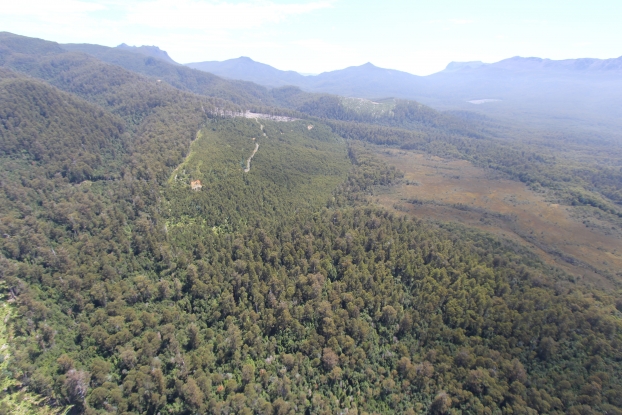
Christchurch’s Avon River red zone could kick-start an ambitious national goal of creating 1.3 million hectares of new forest to improve health, wealth, and wellbeing, according to Christchurch red zone campaigners. Sources: Timberbiz, Scoop NZ
Avon-Otakaro Network, Greening the Red Zone, and Avon-Otakaro Park congratulate business and environmental lobby group Pure Advantage on its ground breaking discussion paper, Our Forest Future which was just released.
“This concept is so timely for Christchurch as we begin to decide the future of the red zone,” Avon-Otakaro Network co-chair, Evan Smith said.
“It shows very clearly how Christchurch can be an environmental and economic leader in New Zealand, by providing effective solutions to environmental challenges facing our city.”
According to the paper, Our Forest Future says all New Zealand will become wealthier in many ways if we achieve the goal of large scale reforestation as we did in the past.
“Once we take the perspective of the national interest, we see why good environmental sense makes good economic sense, too,” it said.
It highlights three priority areas for reforestation: erosion-prone land, waterway margins, and urban forest.
“The Avon River red zone falls squarely into two of these three priority areas,” Ashley Campbell of Greening the Red Zone said.
“Here’s our chance to lead the way for the rest of New Zealand, and show what environmental restoration can achieve.”
Our Forest Future also singles out Christchurch for special mention, saying the city’s existing trees create health savings of NZ$19.2 million, by taking harmful PM10 particulates out of the city’s air.
“Our research suggests this needs serious investigation,” Ms Campbell said.
“With the winter pollution season about to begin again, we really need to look at how an expansive native forest in the red zone could help to clean up our air.”
“We already have the beginnings of a forest from the amazing legacy of ex-residents gardens, let us build on that and have something that will be of an enormous benefit to the city of Christchurch,” Denise Ford of Avon Otakaro Forest Park said.
“We are actively involved in encouraging natural regeneration in the red zone with community volunteers. Participating in these working bees gives people a feeling of positive involvement in the regeneration of the city.”
Local ecologist, Dr Colin Meurk added: “accruing biodiversity and carbon credits now, is vital to the future of the planet. We can create the first stepping stone for wildlife connectivity across the city and contribute to the national forest target.
“We would focus on continuous-cover harvesting of indigenous noble trees that provide cultural resources, feed our bush birds, accumulate permanent carbon and avoid dependence on hazardous chemical treatment.”
All three groups are urging Regenerate Christchurch and Gerry Brownlee, Minister for Greater Christchurch Regeneration, to seriously consider how natural regeneration in the red zone could make the city healthier and wealthier – and kick-start the movement to reforest New Zealand.
“Nowhere in New Zealand provides a greater immediate opportunity than the Ōtākaro/Avon River red zone to reforest along waterways in an urban setting. We owe it to our grandkids to make this happen,” Mr Smith said.





